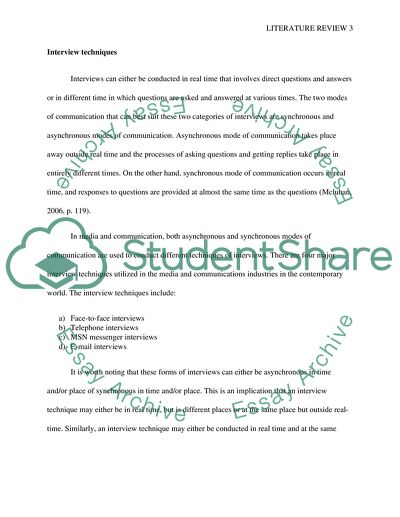Cite this document
(“Media and Communication Research Methods Literature review”, n.d.)
Media and Communication Research Methods Literature review. Retrieved from https://studentshare.org/media/1848980-literature-review-interview-methodology
Media and Communication Research Methods Literature review. Retrieved from https://studentshare.org/media/1848980-literature-review-interview-methodology
(Media and Communication Research Methods Literature Review)
Media and Communication Research Methods Literature Review. https://studentshare.org/media/1848980-literature-review-interview-methodology.
Media and Communication Research Methods Literature Review. https://studentshare.org/media/1848980-literature-review-interview-methodology.
“Media and Communication Research Methods Literature Review”, n.d. https://studentshare.org/media/1848980-literature-review-interview-methodology.


